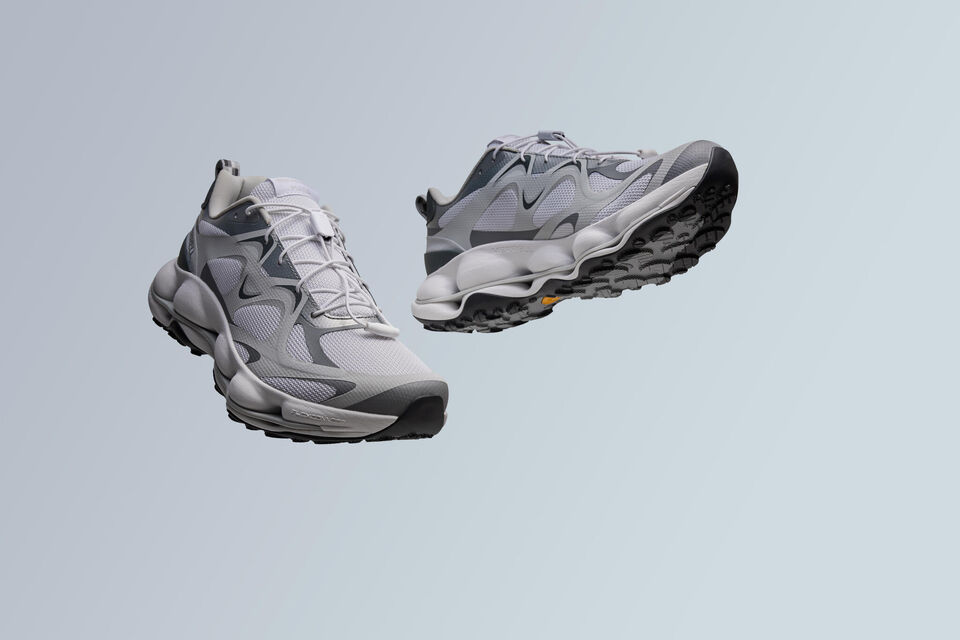Saxat från
http://media.community.gore-tex.com/page/dwr-the-truth.html
"The Role of DWR
All performance outerwear fabrics have a durable water repellent (DWR) finish, applied at time of manufacture of the fabric in the textile plant. This invisible finish on the outer face of the fabric causes water to bead up and roll off rather than being absorbed into the fabric. The maintenance of the DWR is critical to the performance of waterproof / breathable fabrics.
When DWR is diminished (see causes below), “wet-out” occurs. Rain no longer beads up and rolls off, but saturates the fabric - which turns a darker color and cools that part of the garment. The cooling of the fabric causes moisture (your sweat) to condense on the warmer inside of the fabric. This feels cold and clammy to the wearer (since wet clothing draws heat away from your body 23 times faster than air). Many people misinterpret this collection of moisture on the inside of a jacket as the fabric leaking. In addition, wet-out makes the garment heavier and impairs breathability."
Enligt Gore andas tyget sämre när det är blött (även om det fortfarande andas). Sen kan man ju som Teknikern anse att det är en fördel att använda avdunstningseffekten från det blöta tyget att hålla sig sval. Själv föredrar jag motsatsen, att inte kylas ner av ett tyg som blivit blött, s.k. "wet out",
Vidare kan vi konstatera att antingen har Gore eller Teknikern fel. Den som klickar på länken kan där läsa om vikten av att återimpregnera plagget d.v.s. tvärtemot vad Teknikern säger, att man skulle ha förstört det för all framtid genom att göra så.
Mina teoretiska kunskaper kring fuktvandring är ytterst begränsande men de praktiska erfarenheter jag har av membranplagg, impregnering och "wet out" stämmer till punkt och pricka med vad man kan läsa på Gores sida. Jag väljer alltså även fortsättningsvis att inte följa Teknikerns råd utan håller mig till samma rutin som jag hittills följt, den som också bekräftas på Gores site.


